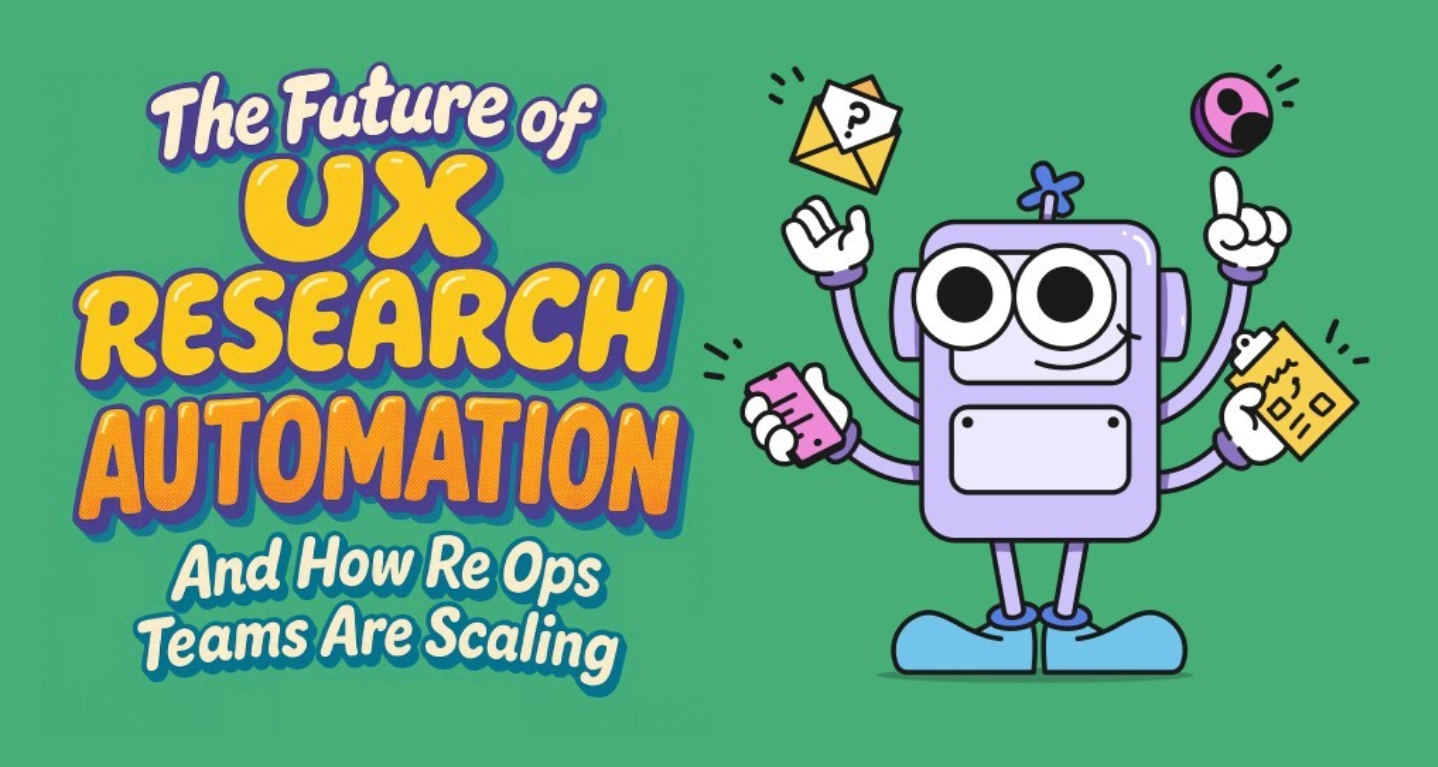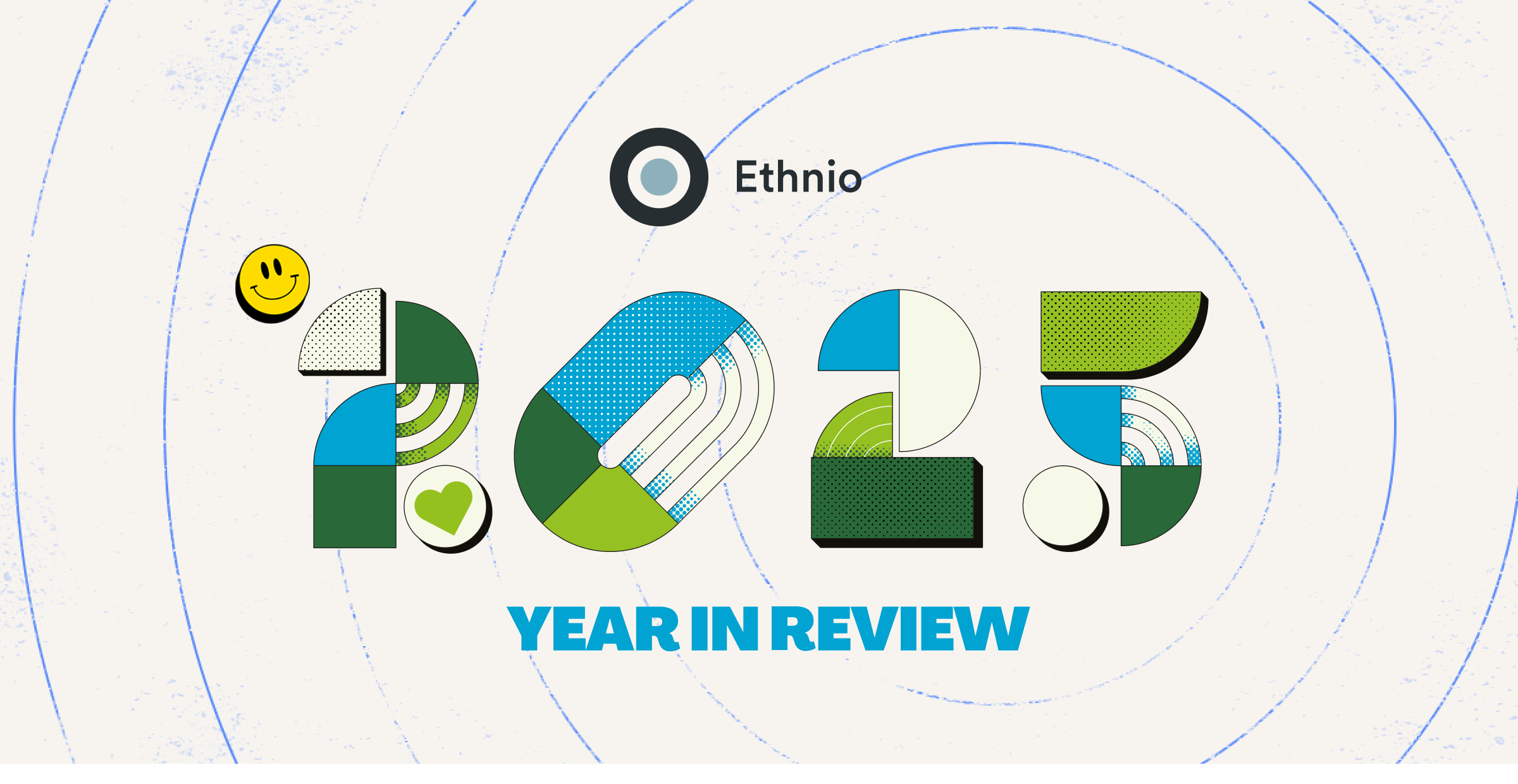Tldr; obsess over details, pay well, and use the right tools.
1️⃣ Not just any calendar invites will do
You already know that sending detailed calendar invites is almost the most important step to reducing no-shows for B2B participants in UX Research (after the whole money question up next in #2 below).
BUT, do your calendar invites includes all the important study details, especially the incentive? Do they play nice with every flavor of Gcal, Outlook, and iCal? Do they trigger email invites for each calendar platform from the calendar invite? Not all calendar invites are equal, and you want to make sure your B2B participants who likely live and breathe by their calendars get all the right details.
It’s also the best place to cover prep items, important notes about the session, or even links. Remember, calendar events can’t contain formatting reliably, so emojis are a creative way to clean them up and make them more readable for participants. Removing any rich formatting will also increase compatibility with assistive devices and accessibility guidelines as well, which is more inclusive and reduces no-shows.
2️⃣ Pay the absolute maximum incentive you can get approved
Paying the highest incentive your organization can approve is the most powerful way to encourage participants to attend the research session.
While not every study and org can pay incentives, if you can, use the free Ethnio incentive calculator to determine the right amount. Offering a high incentive shows participants that you value their time and insights and will absolutely increase their willingness to actually attend and provide valuable feedback.
3️⃣ Redundant Communication
Most of us can’t send a WUPHF to participants, so making sure you have at least 2-3 forms of redundant confirmations and reminders is critical to make sure participants show up. There can be a very understandable hesitation to over communicate with B2B folks, in order to be respectful, which we totally get. The main thing to do is make sure all forms of communication are spread out. So the calendar invite goes first, email reminder goes out 1 day prior to interview, and the SMS goes out 1-2hrs prior to session. We support automating Emails, Calendar Invites, and SMS in Ethnio so you can easily sync content and study details across all those channels, but of course you can use all those channels with participants manually.
Additionally, always provide instructions for any tools, software, or technology required to participate in the session over and over again. Providing clear instructions makes everyone more likely to be on the same page and reduces the likelihood of no-shows as well.
4️⃣ Facilitator identity matters
Are you hiding the identity of your facilitator for safety and privacy? You should absolutely do that.
Are you also making up a very realistic and believable identity for all the communication that proves to your participants a real person is communicating with them and will be interviewing them? Most research teams don’t do this step, and your participants are more likely to show up and feel accountable if there’s a real identity they are receiving calendar invites, emails, etc from.
For example, we’ve made up Rachel @ Acme Research with the email rachel@research.acme.com on the right inside Ethnio facilitator management as a sample identity for calendar invites, emails, and SMS reminders. To do this, you almost certainly need a dedicated platform (like Ethnio, obvs) to do all of that in one place.
5️⃣ Cascading reminders. So many reminders. Hey did you know about reminders? REMINDERS.
Your calendar invites may have their own have reminders, depending on participant calendar setting. But don’t count on that. There should also be separate reminders for Consent, Alternate Participants, and Regular Participants. The consent reminders should trigger every day they have not been completed (NDA, recording release, etc), and regular reminders for the session should send an email 1-2 days in advance, as well as an SMS 1-2 hours in advance. Not be repeatedly showing how easy this is to do in Ethnio Scheduling, but here you go:
Regardless of how you send reminders, the language needs to hammer home your key study details again. Remind participants of the session's date, time, and location, and mention the incentives they'll receive for attending. Additionally, reminders can provide participants with any last-minute instructions or changes to the research session.
6️⃣ Confirm links
This one is a bit redundant if you have accepted status via calendar invites, but it doesn’t hurt to send confirm links via email or SMS to have participants actively click to confirm attendance a few days before the research session can help ensure participants are still planning to attend. This can also provide an opportunity to address any questions or concerns they may have. Additionally, confirmations can help researchers plan and prepare for the research session.
7️⃣ Offer multiple scheduling times up front and upong rescheduling
Offering flexible scheduling options, with multiple times the participant can select, will make it way more likely to work for them. Most tools like Calendly only offer one scheduling time, then it’s confirmed. One unique aspect of Ethnio is that it lets participants choose multiple times up front (1 to infinity) and then you or the robots inside Ethnio choose which exact times the participants are confirmed.
You don’t have to offer crazy options like evening or weekend sessions to accommodate participants' schedules, but anything you can do to make it easier for them to attend the research session will help make it more likely for them to show.
8️⃣ Allow rescheduling up to one day prior to the session
Making rescheduling as convenient as possible without inviting reschedule chaos can encourage participants to attend the research session. Offer options that are limited to automatically not allow rescheduling within 24hrs of the original scheduled time. That gives you a good balance on planning vs accommodating their every scheduling whim.
9️⃣ Source the right participants
If your top-of-funnel participant source is questionable – think recruiting agency, external panel, or grey market list purchase, you’re going to have a ton of no shows. Nothing will change that (sorry / not sorry).
Ensuring you are sourcing the right participants, and that they are properly screened and qualified is monumental for providing valuable insights AND getting people to show up. Use reliable and trustworthy sources to source participants, such as intercepts, your own panel, customer list, professional networks or industry associations. Additionally, screen participants before the research session to ensure they meet the research criteria.
🔟 Use Ethnio
You knew this one was coming. Scheduling tools like Calendly, or god forbid Qualtrics, can’t offer research ops and researchers the specialized participant management features that ridiculously targeted tools like Ethnio can. Simplify the scheduling process and reduce the risk of errors or misunderstandings by giving Ethnio a whirl.



